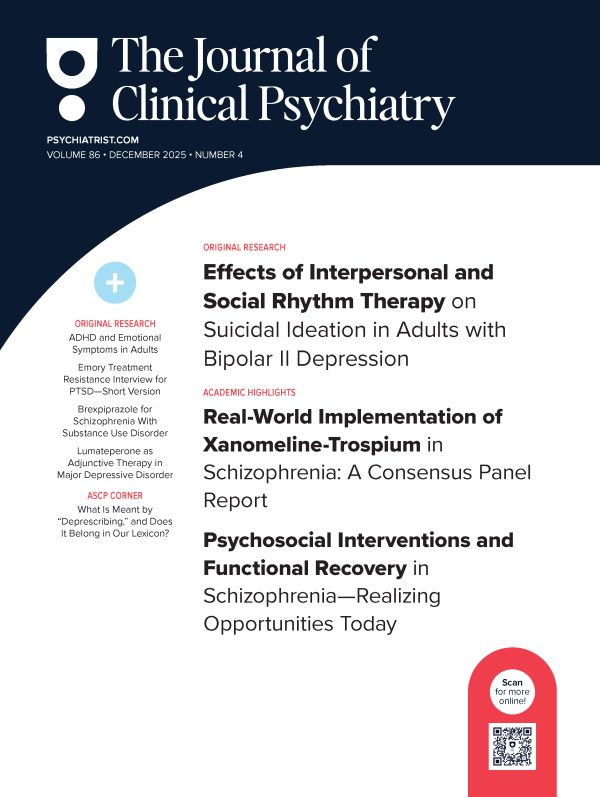Objective: Bipolar spectrum disorders (BSD) have several symptoms and features in common with attention-deficit/hyperactivity disorder (ADHD). Here we explored the prevalence of BSD and the relationship between symptoms of BSD and ADHD in adult ADHD patients.
Method: Norwegian adults diagnosed with DSM-IV ADHD during 1997 through 2007 (n’ ‰=’ ‰510) and a random sample of 417 controls from the general population (aged 18-40 years) were recruited and responded to 85 questions rating symptoms of ADHD, lifetime symptoms of mood disorders, other comorbid conditions, and sociodemographic data.
Results: According to the Mood Disorder Questionnaire (MDQ), 50.6% of the ADHD patients screened positive for BSD, compared to 8.3% of the controls. In comparison, the prevalence of BSD according to DSM-IV in a subsample of interviewed patients (n’ ‰=’ ‰50) was 32%. In the whole study sample (N’ ‰=’ ‰927), an ADHD diagnosis was the strongest predictor for screening positive on the MDQ (OR’ ‰=’ ‰5.0, P’ ‰<‘ ‰.001), but the correlation between dimensional symptom levels of ADHD and of BSD was strongest in the control group (Pearson correlation r’ ‰=’ ‰0.7, P’ ‰<‘ ‰.001 vs r’ ‰=’ ‰0.3, P’ ‰<‘ ‰.001). Patients screening positive on the MDQ had significantly more drug problems, higher ADHD symptom scores, and lower educational and occupational levels.
Conclusions: Our findings illustrate the close relationship between some symptoms of BSD and ADHD in adults. In clinical and research settings, patients screening positive for BSD should be assessed for a possible underlying or coexisting ADHD condition and vice versa.
Submitted: September 17, 2008; accepted January 30, 2009
Corresponding author: Anne Halm׸y, MD, Department of Biomedicine, University of Bergen, Jonas Lies vei 91, N-5009 Bergen, Norway ([email protected]).
Members Only Content
This full article is available exclusively to Professional tier members. Subscribe now to unlock the HTML version and gain unlimited access to our entire library plus all PDFs. If you’re already a subscriber, please log in below to continue reading.
Please sign in or purchase this PDF for $40.00.
Already a member? Login





